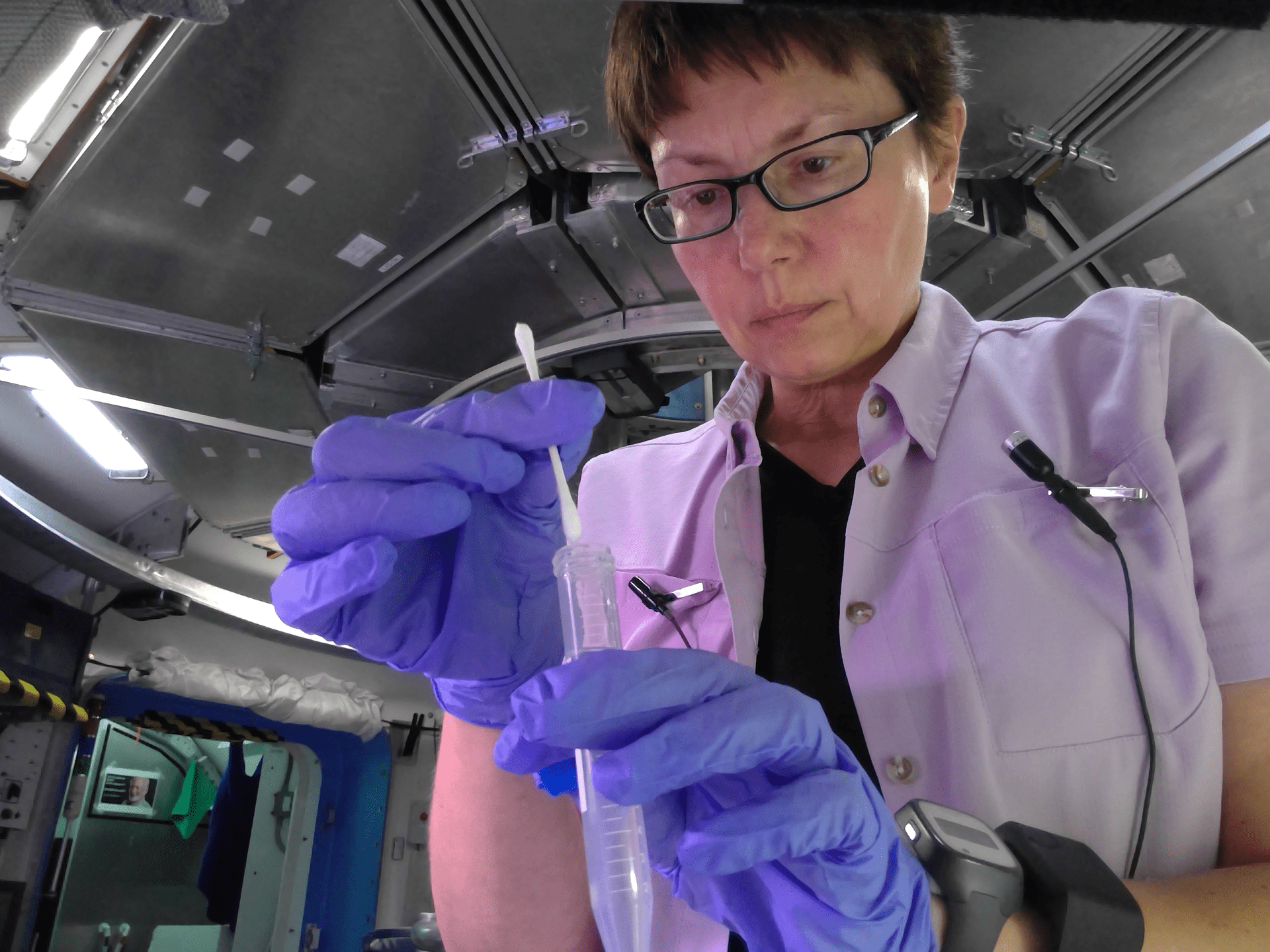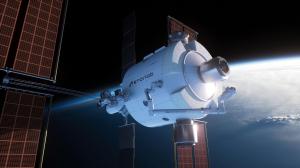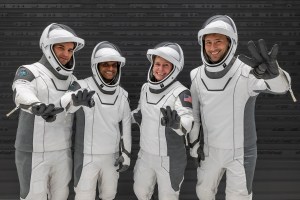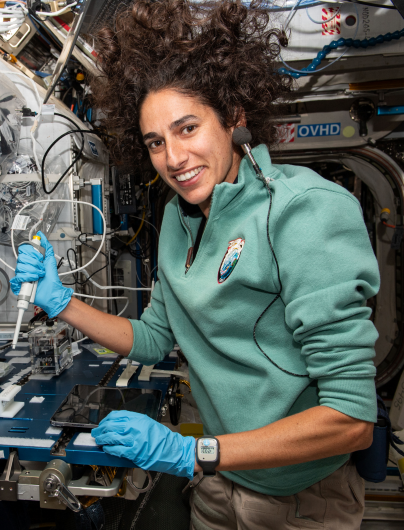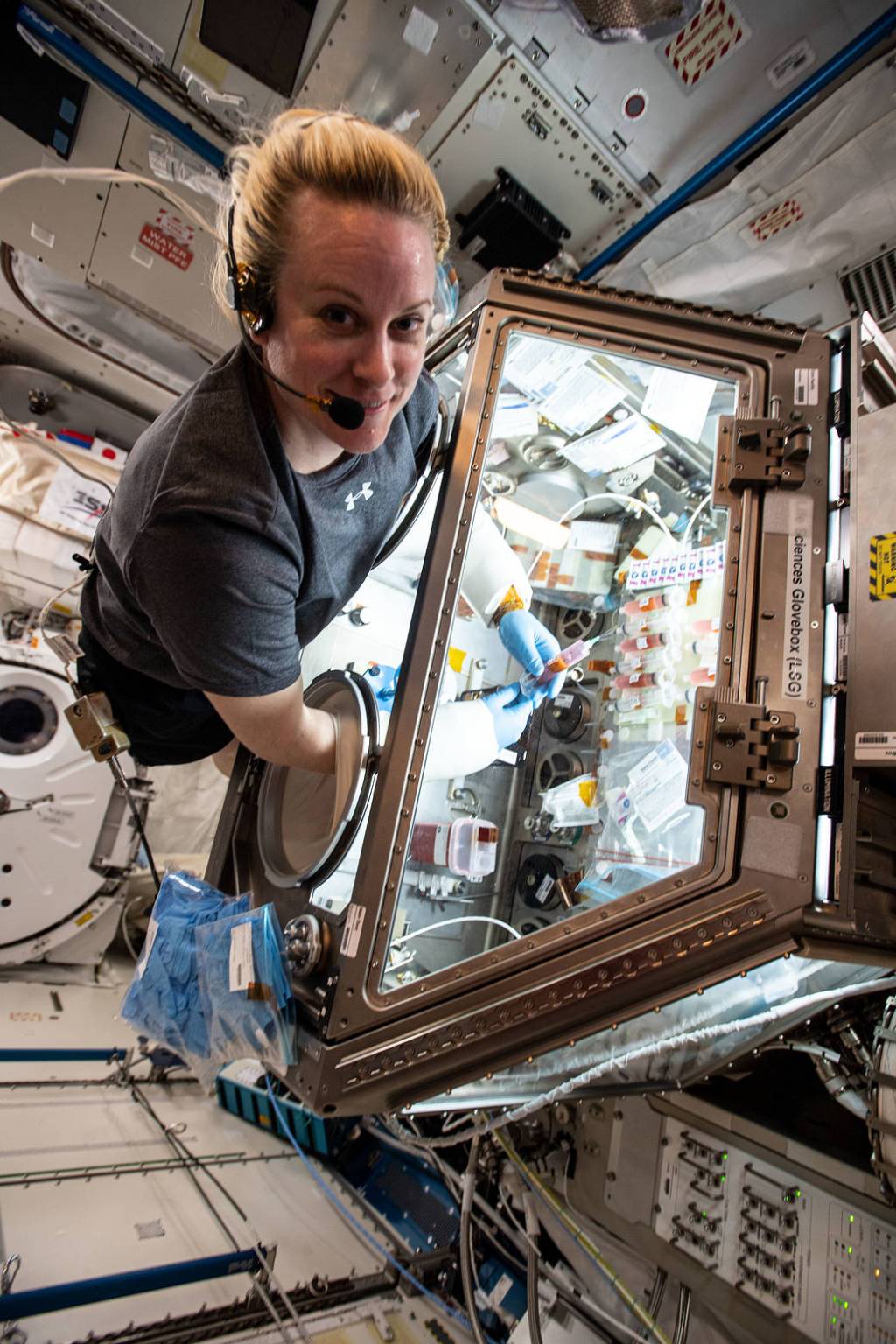NASA is funding 11 new studies to better understand how to best support the health and performance of crew members during long-duration spaceflight missions. The awardees will complete the studies on Earth without the need for samples and data from astronauts.
Together, the studies will help measure physiological and psychological responses to physical and mental challenges that astronauts may encounter during spaceflight. The projects will address numerous spaceflight risks related to team performance, communication, living environment, decision-making, blood flow, and brain health. With this information, NASA will better mitigate risks and protect astronaut health and performance during future long-duration missions to the Moon, Mars, and beyond.
The 11 finalists were selected from 123 proposals in response to the 2024 Human Exploration Research Opportunities available through the NASA Solicitation and Proposal Integrated Review and Evaluation System. Selected proposals originate from 10 institutions, and the cumulative award totals about $14.6 million. The durations of the projects range from one to five years.
The following investigators and teams were selected:
- Katya Arquilla, University Of Colorado, Boulder, “Investigating Countermeasures for Communication Delays through the Laboratory-based Exploration Mission Analog”
- Tripp Driskell, Florida Maxima Corporation, “CADMUS (Crew Adaptive Decision Making Under Stress) and Crew Decision Support System: Development, Validation, and Proof-of-Concept”
- Christopher Jones, University of Pennsylvania, Philadelphia, “Predicting Operationally Meaningful Performance with Multivariate Biomarkers Using Advanced Algorithms”
- Jessica Marquez, NASA Ames Research Center, Silicon Valley, California, “Enhancing Performance and Communication for Distributed Teams During Lunar Spacewalks”
- Shu-Chieh Wu, San Jose State University Research Foundation, California, “Lessening the Impact of Interface Inconsistency Through Goal-Directed Crew Operations”
- Erika Rashka, Johns Hopkins University, Baltimore, “Local Psychiatric Digital Phenotyping for Isolated, Constrained, and Extreme (ICE) Environments via Multimodal Sensing”
- Ana Diaz Artiles, Texas A&M Engineering Experiment Station, College Station, “Dose-response Curves of Cardiovascular and Ocular Variables During Graded Lower Body Negative Pressure in Microgravity Conditions Using Parabolic Flight”
- Theodora Chaspari, University Of Colorado, Boulder, “A Speech-Based Artificial Intelligence System for Predicting Team Functioning Degradation in HERA (Human Exploration Research Analog) Missions”
- Ute Fischer, Georgia Tech Research Corporation, Atlanta, “Supporting Collaboration and Connectedness between Space and Ground at Lunar Latencies”
- Xiaohong Lu, Louisiana State University, Shreveport, “Space Exposome Converges on Genotoxic Stress to Accelerate Brain Aging and Countermeasures to Mitigate Acute and Late Central Nervous System Risks”
- Catherine Davis, Henry M. Jackson Foundation For The Advancement of Military Medicine, North Bethesda, Maryland, “NeuroSTAR (Neurobehavioral Changes Following Stressors and Radiation): Predicting Mission Impacts from Analogous Human and Rodent Endpoints”
Proposals were independently reviewed by subject matter experts in academia, industry, and government using a dual anonymous peer-review process to assess scientific merit. NASA assessed the top scoring proposals for relevance to the agency’s human research roadmap before final selections were made.
____
NASA’s Human Research Program pursues the best methods and technologies to support safe, productive human space travel. Through science conducted in laboratories, ground-based analogs, and the International Space Station, the program scrutinizes how spaceflight affects human bodies and behaviors. Such research continues to drive NASA’s mission to innovate ways that keep astronauts healthy as space exploration expands to the Moon, Mars, and beyond.


























